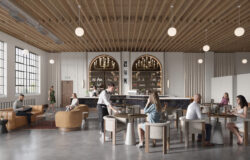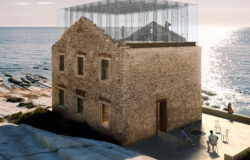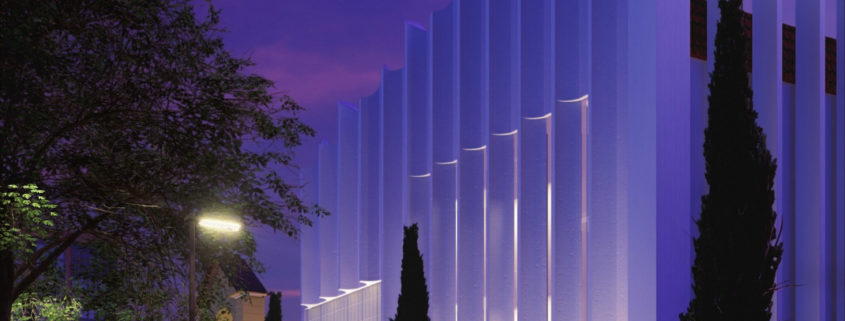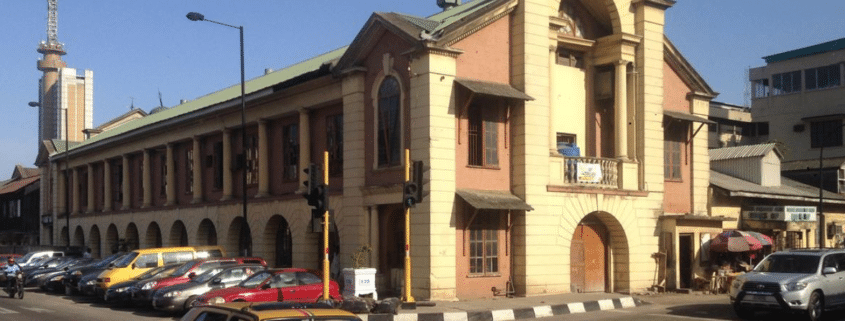Converted entry by Tolu Sanusi
The 3 images tell the story of breathing life into the old, experencing the new and a moment in time. It would be a really great if this historical gem is put to use again as a centre of knowledge for the youth and that is what prompted the building choice. The different scenes have have a different feel and story, reflecting the environment, scenery and users.
The first image captures a wet evening in June right in the thick of rainy season. The rain just drizzled to a stop, just in time for sunset as it settles on the horizon underneath dark rain clouds washing the sky in rich hues of violet. My inspiration for this scene is a hobby i have of photographing sunset and the unique feel of a sunset just after the rain is what i wanted to recreate.
The second image is at dawn, the city wakes to a cloudless warm tropical sunrise. People dashing to work, the project is in a relatively quiet area for city centre and the render is visualises a quiet morning. I have walked this location in the early hours of the day and noted how serene it felt even though is located in the Central Business district, and that feeling was what i was inspired by.
The last image is what i hope to see in future, a young lady reading in the late afternoon sun of her heritage and learning new ways of thinking and doing things. We are in need of idea incubators and spaces to grow and learn more about our history, this scene is more of a hopeful future where this becomes a reality.













